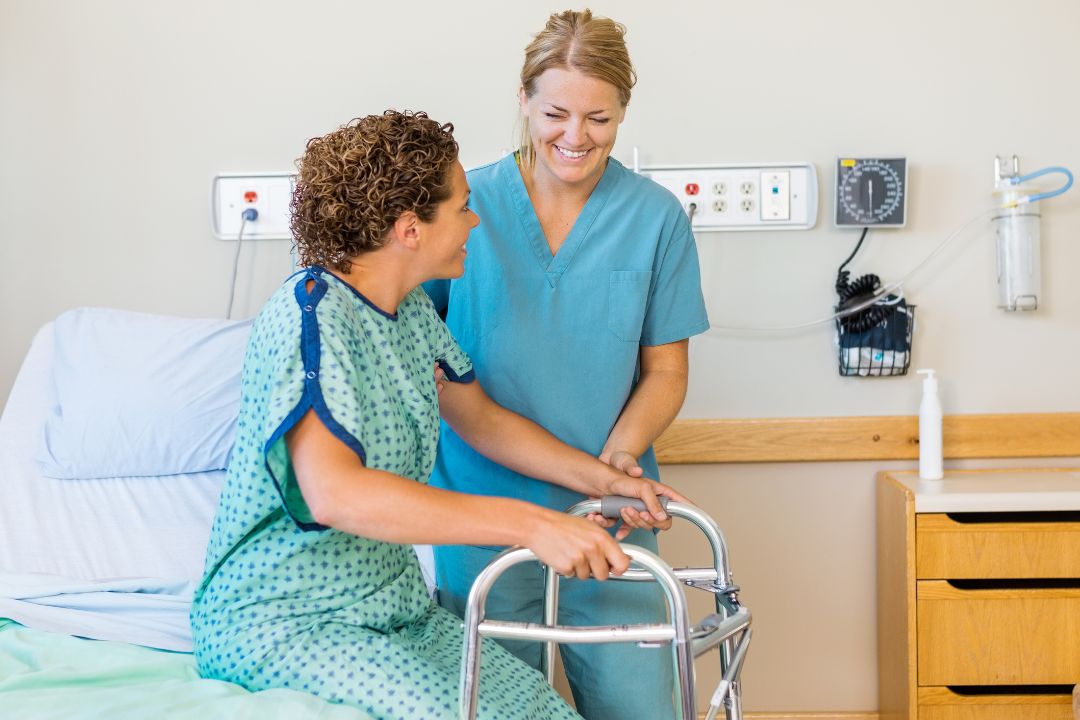
In the field of nursing, there are many specialized roles that cater to the diverse needs of patients during various stages of their healthcare journey. Two such roles are CRNA (Certified Registered Nurse Anesthetist) and CPAN (Certified Post Anesthesia Nurse).
While both positions play essential roles in ensuring patient safety and care, they have distinct responsibilities and qualifications. In this blog post, we'll explore the key differences between CRNA vs CPAN, shedding light on their respective roles, education, scope of practice, and certification requirements.
The role of a CRNA (Certified Registered Nurse Anesthetist)
CRNAs are advanced practice nurses who specialize in anesthesia care. Their primary role is to administer anesthesia to patients undergoing surgical procedures or medical interventions. Some of their most important responsibilities include:
- Anesthesia Administration: CRNAs administer anesthesia to patients undergoing various medical procedures, ensuring the appropriate dosage and monitoring vital signs throughout the process. They play a crucial role in maintaining patient comfort and safety during surgery or other medical interventions.
- Patient Assessment and Care: CRNAs conduct pre-anesthetic assessments to evaluate patients' health, medical history, and potential risks. They collaborate with other healthcare professionals to develop an individualized anesthesia plan and provide post-anesthetic care, monitoring patients as they recover from the effects of anesthesia.
- Advanced Nursing Practice: As advanced practice nurses, CRNAs are highly trained and educated healthcare professionals. They may also participate in pain management, critical care, and emergency response situations. Their expertise extends beyond the administration of anesthesia, encompassing a broader scope of patient care within the perioperative setting and beyond.
CRNA education:
To become a CRNA, individuals must undergo rigorous education and training:
- Hold a bachelor's degree in nursing (BSN) or an equivalent.
- Obtain 1-3 years of work experience in a critical care unit, such as ICU.
- Complete a master's or doctoral program in nurse anesthesia, typically lasting 2-3 years.
- Obtain clinical experience in anesthesia care during their educational program.
CRNA scope of practice:
CRNAs have a broad scope of practice and are qualified to provide anesthesia care independently. They can work in various healthcare settings, including hospitals, surgical centers, labor and delivery units, and more.
CRNA certification:
To practice as a CRNA, individuals must pass the National Certification Examination (NCE) administered by the National Board of Certification and Recertification for Nurse Anesthetists (NBCRNA).
The role of a CPAN (Certified Post Anesthesia Nurse)
CPANs are registered nurses (RNs) who specialize in the care of patients immediately after surgery or medical procedures in the post-anesthesia care unit (PACU). Some of their most important responsibilities include:
- Post-Anesthesia Care: CPANs specialize in providing care to patients recovering from anesthesia, focusing on the post-operative phase. They monitor vital signs, assess patients' response to anesthesia, and manage immediate post-operative complications, ensuring a smooth transition from the operating room to the recovery area.
- Patient Advocacy and Education: CPANs advocate for patients' well-being by addressing their concerns, managing pain, and ensuring their comfort during the recovery process. They also educate patients and their families about post-operative care, potential side effects, and signs of complications, promoting informed decision-making and enhancing the overall patient experience.
- Collaboration in the Healthcare Team: CPANs work collaboratively with other healthcare professionals, including surgeons, anesthesiologists, and nurses, to coordinate and optimize post-anesthesia care. They play a crucial role in communicating patient status, managing pain, and facilitating a seamless transition of care, contributing to the overall success of the surgical and recovery process.
CPAN education:
To become a CPAN, nurses typically follow this educational path:
- Earn a bachelor's degree in nursing (BSN) or an equivalent.
- Gain experience in various nursing roles, including acute care and perioperative nursing.
- Prepare for the Certified Post Anesthesia Nurse (CPAN) exam.
CPAN scope of practice:
CPANs primarily work in the post-anesthesia care unit (PACU) of hospitals, surgical centers, and other healthcare facilities. They focus on the immediate post-operative care and recovery of patients.
CPAN certification:
To become a CPAN, nurses must pass the Certified Post Anesthesia Nurse (CPAN) exam, which is administered by the American Board of Perianesthesia Nursing Certification (ABPANC).
Key differences between CRNA and CPAN:
Now that we have explored the roles and responsibilities, education, scope of practice, and certification requirements of CRNAs and CPANs, let's summarize the key differences between these two nursing specialties:
Differences in primary role:
- CRNAs: Administer anesthesia before and during surgical procedures.
- CPANs: Provide post-operative care and monitor patients in the PACU.
Differences in education:
- CRNAs: Hold a master's or doctoral degree in nurse anesthesia.
- CPANs: Typically hold a bachelor's degree in nursing and gain experience in postoperative care.
Differences in scope of practice:
- CRNAs: Have a broad scope of practice and can provide anesthesia care independently.
- CPANs: Focus on post-operative care within the PACU.
Differences in certification:
- CRNAs: Must pass the National Certification Examination (NCE) administered by the NBCRNA.
- CPANs: Must pass the Certified Post Anesthesia Nurse (CPAN) exam administered by the ABPANC.
In summary, while both CRNAs and CPANs are crucial to the healthcare system and patient care, they have distinct roles and responsibilities. CRNAs are specialized in anesthesia administration and perioperative care, while CPANs focus on post-operative care and patient recovery in the PACU.
Both roles require advanced education, certification in the specialty, and a commitment to ensuring the well-being of patients during different phases of their surgical or medical procedures. Understanding the differences between these roles can help nurses choose the career path that aligns with their interests and professional goals.
Want to learn about other in-demand healthcare professions? Explore more professions with shifts offered through the CareRev App.





